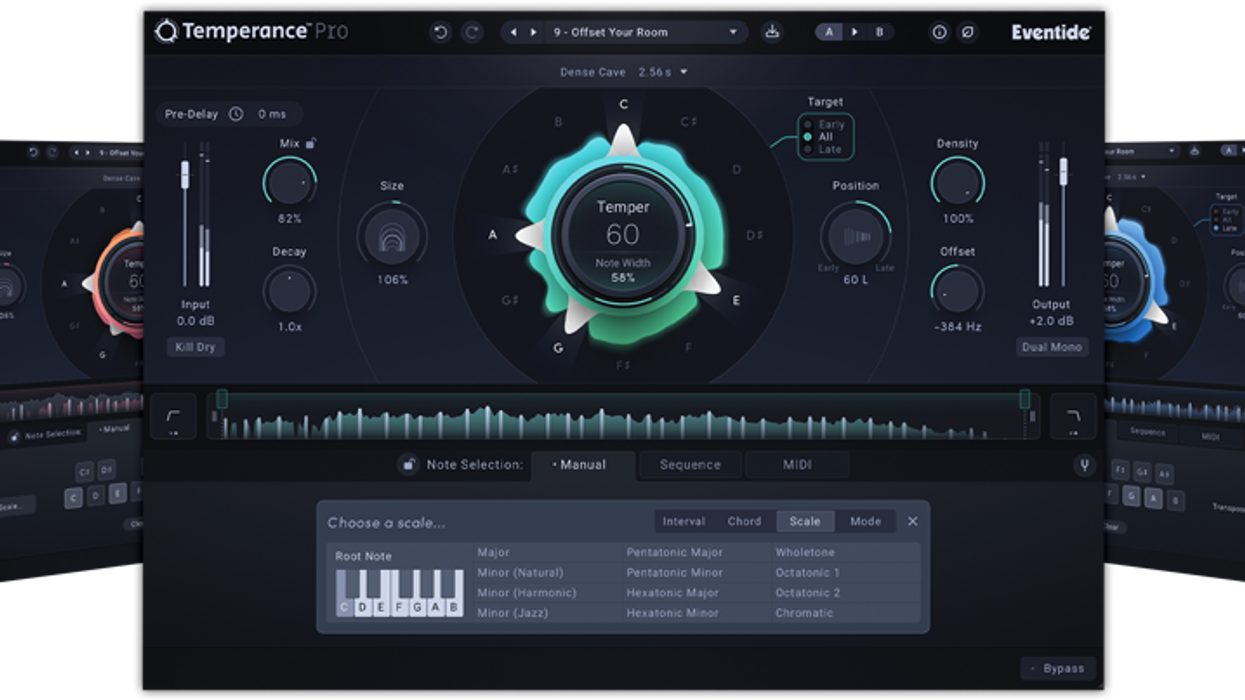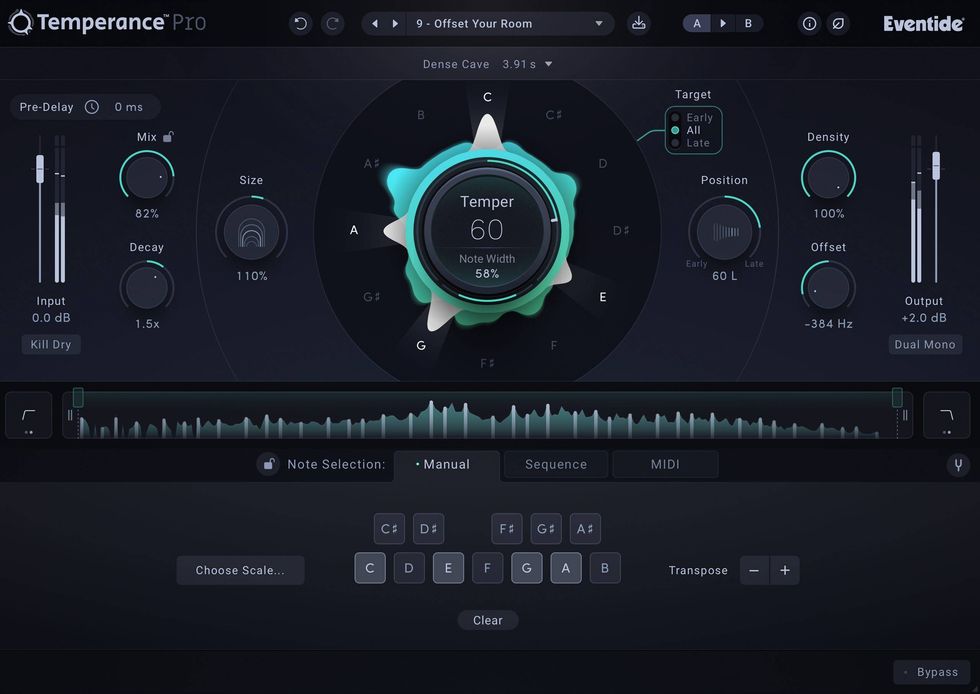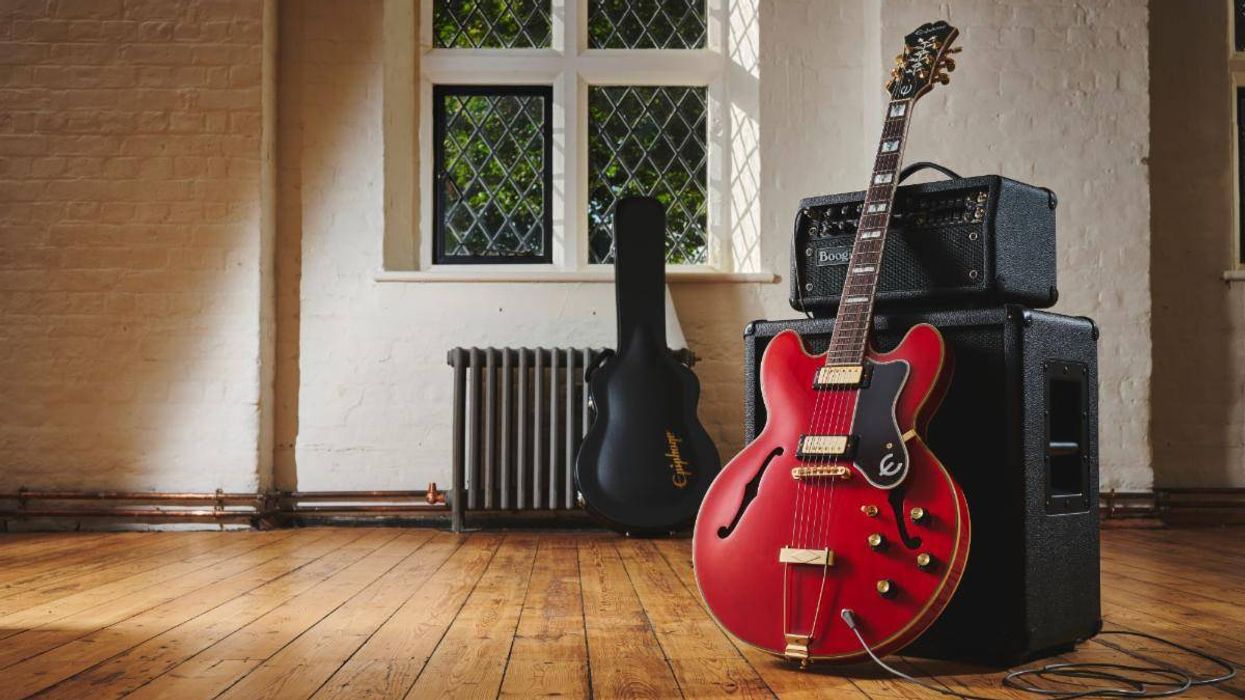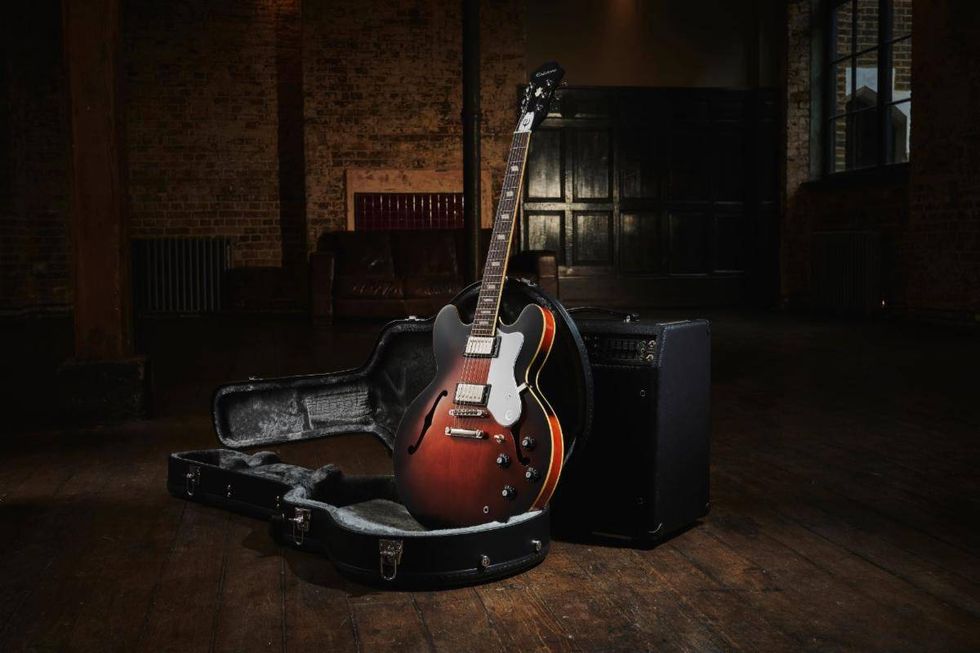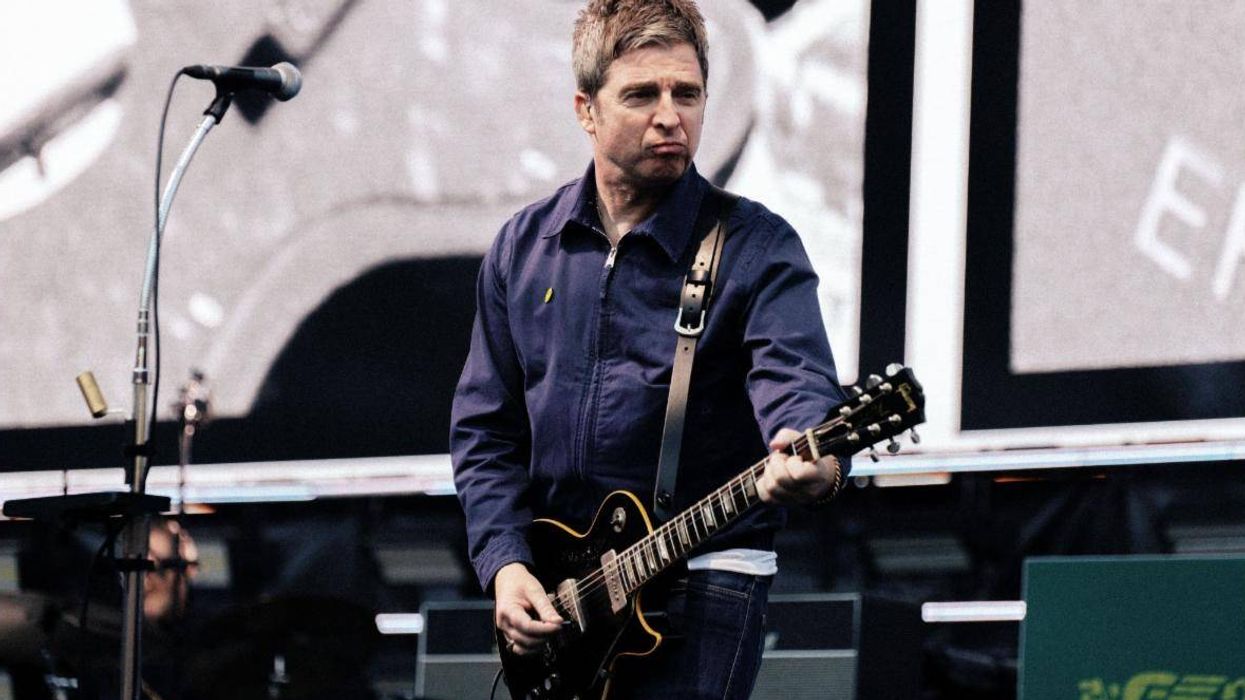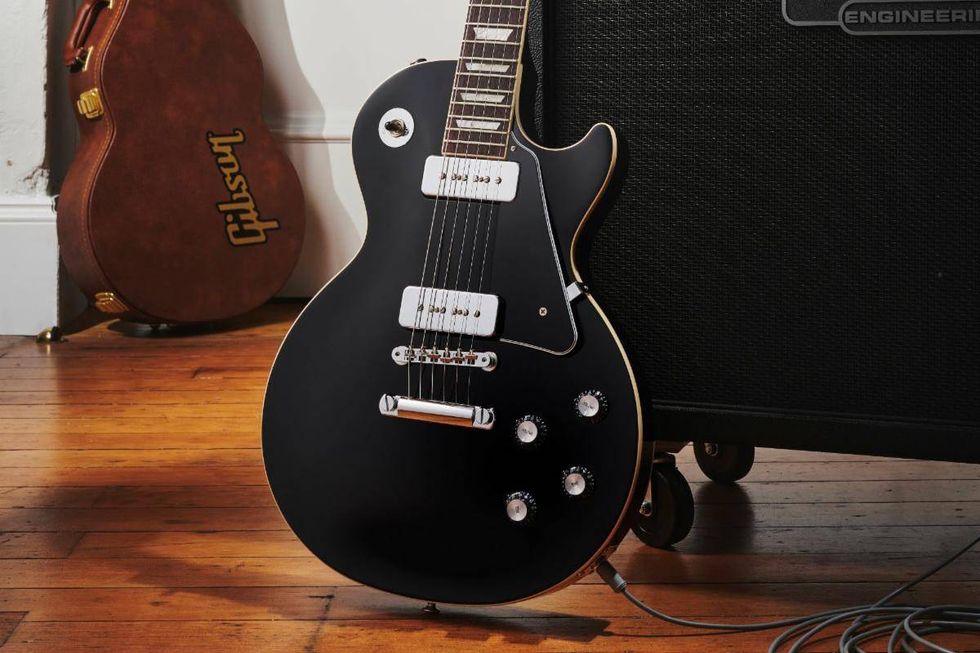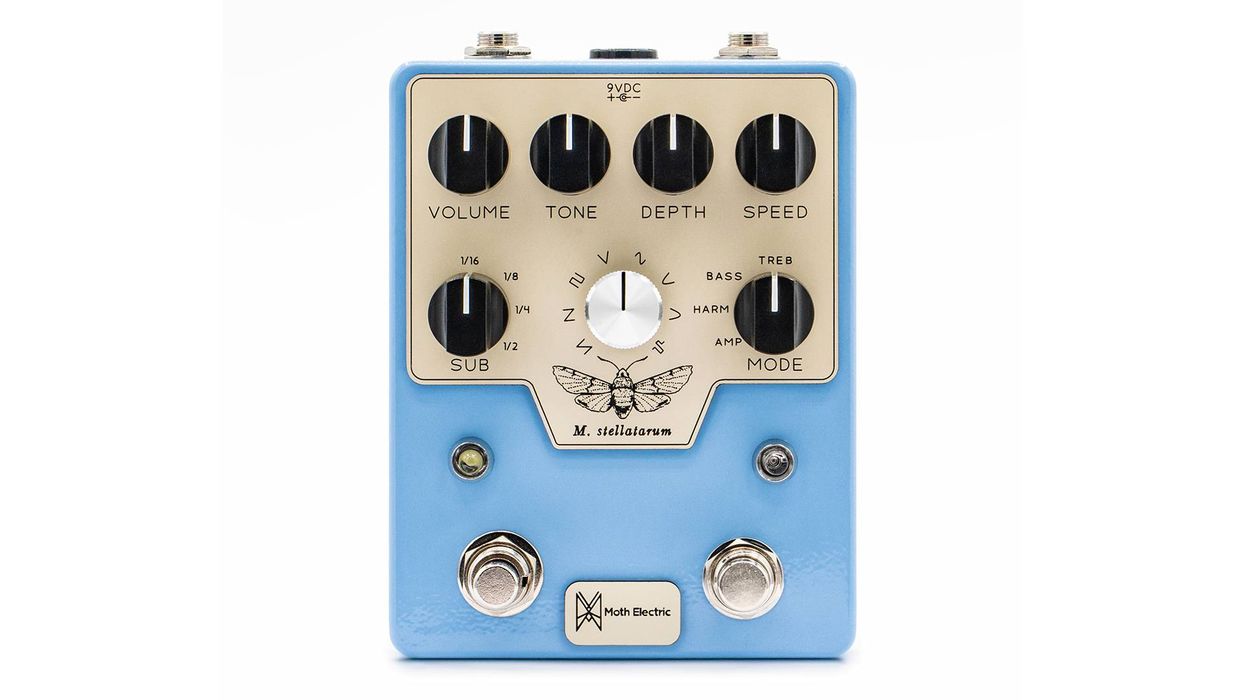David Gilmour unveils new single featuring daughter Romany Gilmour from upcoming album Luck and Strange.
"Between Two Points" by David Gilmour with Romany Gilmour, is the new single from David Gilmour's forthcoming album, 'Luck and Strange', which is to be released on 6th September on Sony Music. The single is available to stream now.
The details for the limited-edition deluxe formats for Luck and Strange have also been revealed and will include bonus tracks and a very special hardback book by Thames & Hudson featuring exclusive photographs taken by Polly Samson during the recording of the album. The deluxe editions will be limited to one run only.
David Gilmour - Between Two Points (with Romany Gilmour)
'Luck and Strange was recorded over five months in Brighton and London and is Gilmour's first album of new material in nine years. The record was produced by David and Charlie Andrew, best known for his work with alt-J and Marika Hackman. The album features nine tracks, including a beautiful reworking of The Montgolfier Brothers' 1999 song, 'Between Two Points' which features 22-year-old Romany Gilmour on vocals and harp.
Gilmour says, "I’ve had that song on my playlist since it was released. More recently I mentioned it to one or two people: I assumed that it had been a hit, but no one knew it. I asked Romany to give it a go”.
During the live streams that Gilmour and family, as the Von Trappeds, performed to a global audience during the lockdowns of 2020 and 2021, Romany sang and played the harp, and David found that their voices mixed in a way that only a family member could. Around that time, David and Romany collaborated on the song "Yes, I Have Ghosts", which appears on the CD & Blu-Ray versions of ‘Luck and Strange’. "I realised that Romany has exactly the right sort of vulnerability and youth for the song. In fact, she was halfway through an essay with a train to catch when we asked her: ‘OK, I'll sing it once, put the mic on’ and that,” says David, “is 90 percent of the finished vocal.”
Mark Tranmer of The Montgolfier Brothers is greatly enamoured with this new version. "David and Romany's version of our song is a great arrangement and production. Like all the best covers, it diverges from the original but keeps the spirit. Romany's vocal phrasing of Roger Quigley's words and the harp playing are both truly beautiful. David Gilmour's distinctive guitar adds a whole new dimension. I still find it incredible that David and Polly chose to cover our song from all the songs out there."
The video for ‘Between Two Points’ was shot on location in London and Manchester, with David on guitars and featuring Romany Gilmour on vocals and harp. Gavin Elder who directed the clip said: “Romany performs this song with an extraordinary level of fragility, vulnerability and understated control. There’s a subtle, yet deep emotional rapport between David and Romany, captured with hand held cameras, enhancing the tension within the video.”
In addition to vocals & harp by Romany Gilmour and backing vocals by Gabriel Gilmour, musicians contributing to Luck and Strange include Guy Pratt & Tom Herbert on bass, Adam Betts, Steve Gadd and Steve DiStanislao on drums, Rob Gentry & Roger Eno on keyboards, string and choral arrangements by Will Gardner. The title track also features the late Pink Floyd keyboard player Richard Wright, recorded in 2007 at a jam in a barn at David's house. The album features artwork and photography by the renowned artist Anton Corbijn.
David Gilmour will be performing live this Autumn in Rome, London, Los Angeles, and New York.
For more information, please visit davidgilmour.com.
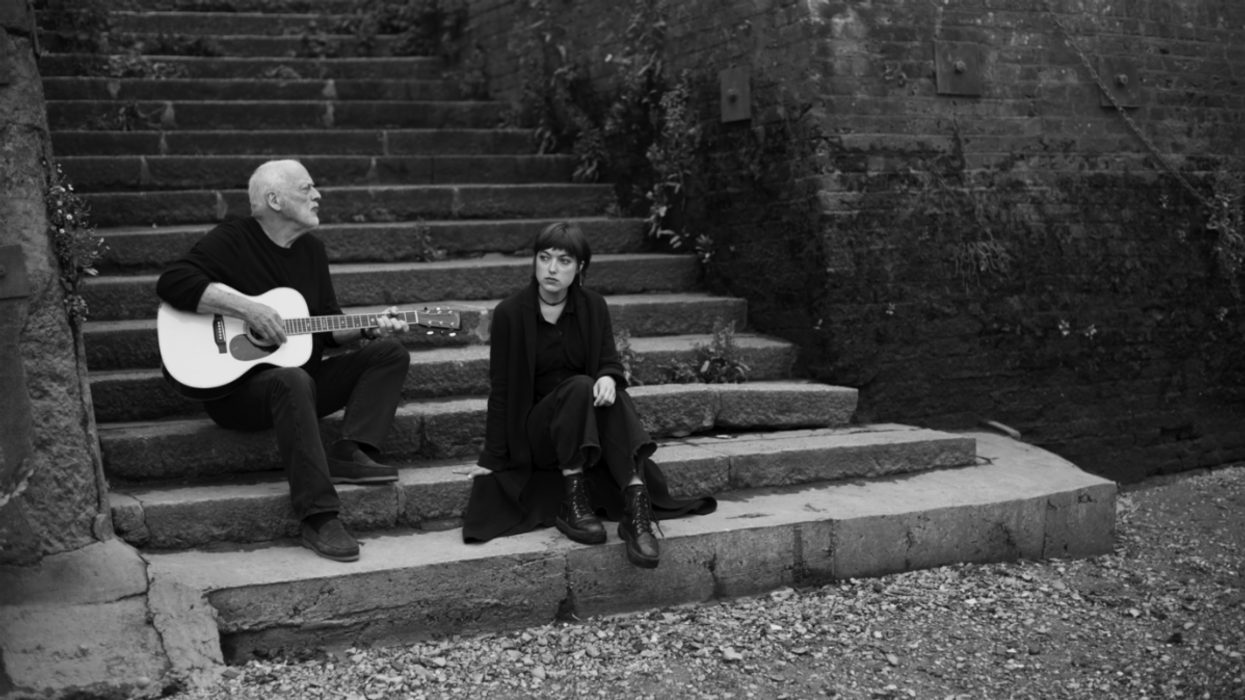


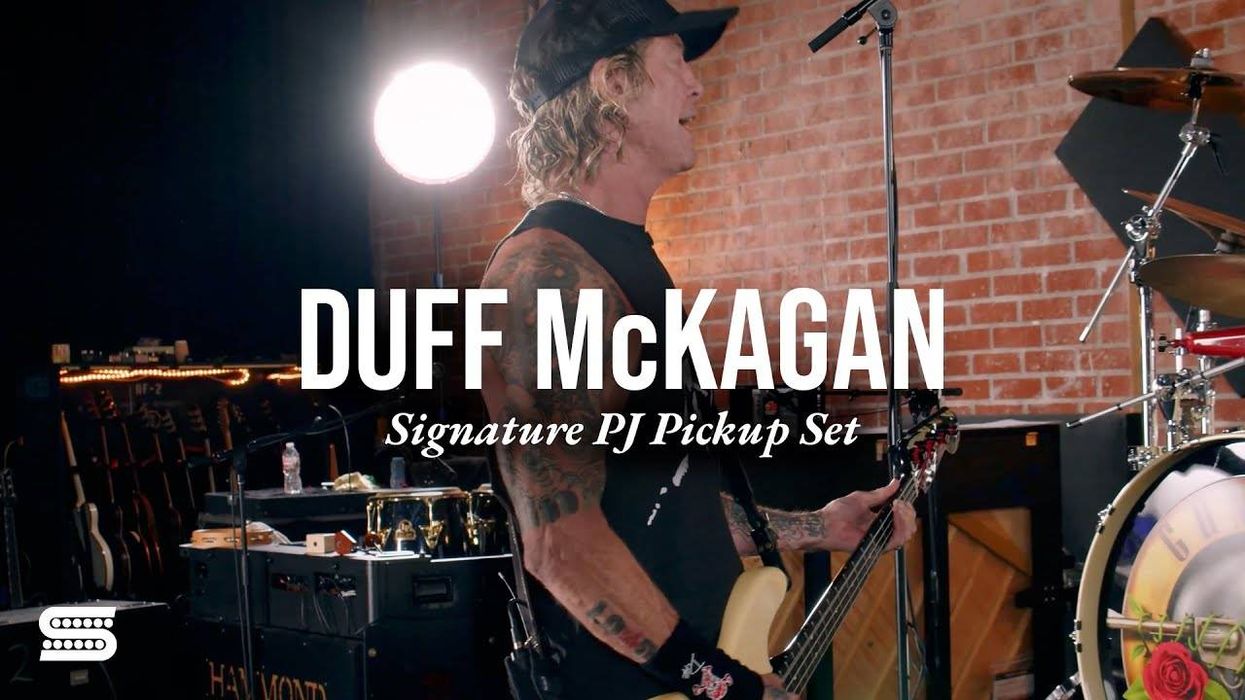

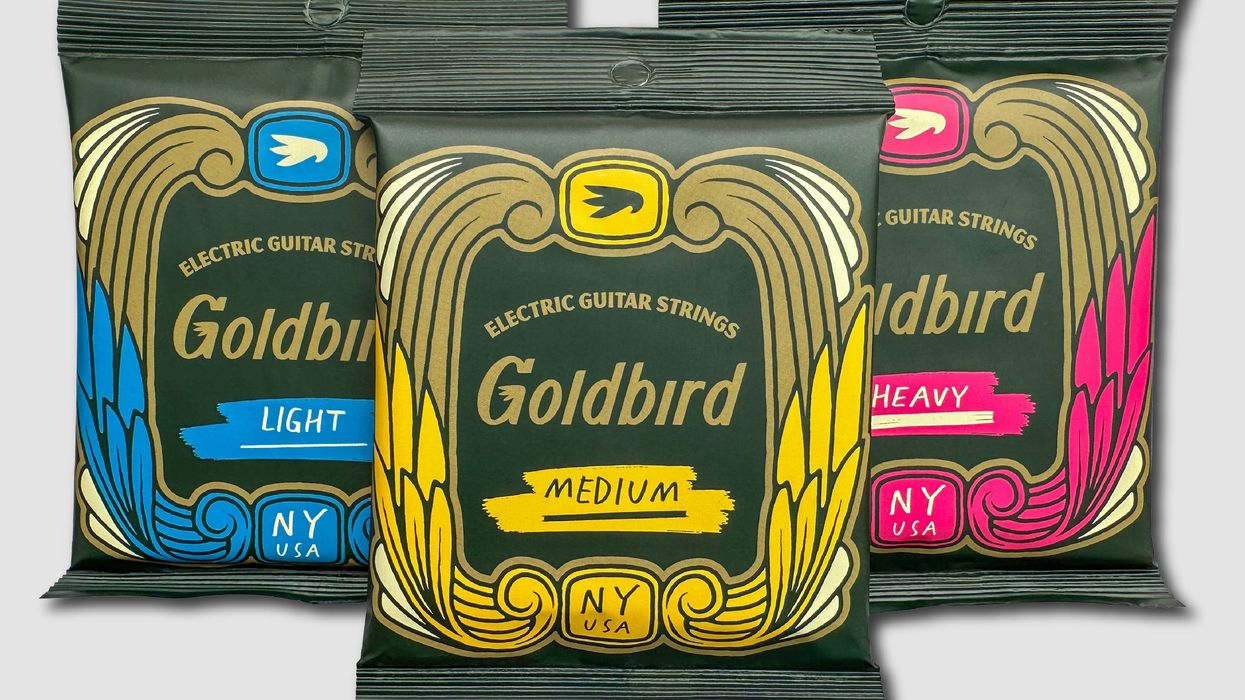


![Rig Rundown: AFI [2025]](https://www.premierguitar.com/media-library/youtube.jpg?id=62064741&width=1245&height=700&quality=70&coordinates=0%2C0%2C0%2C0)



